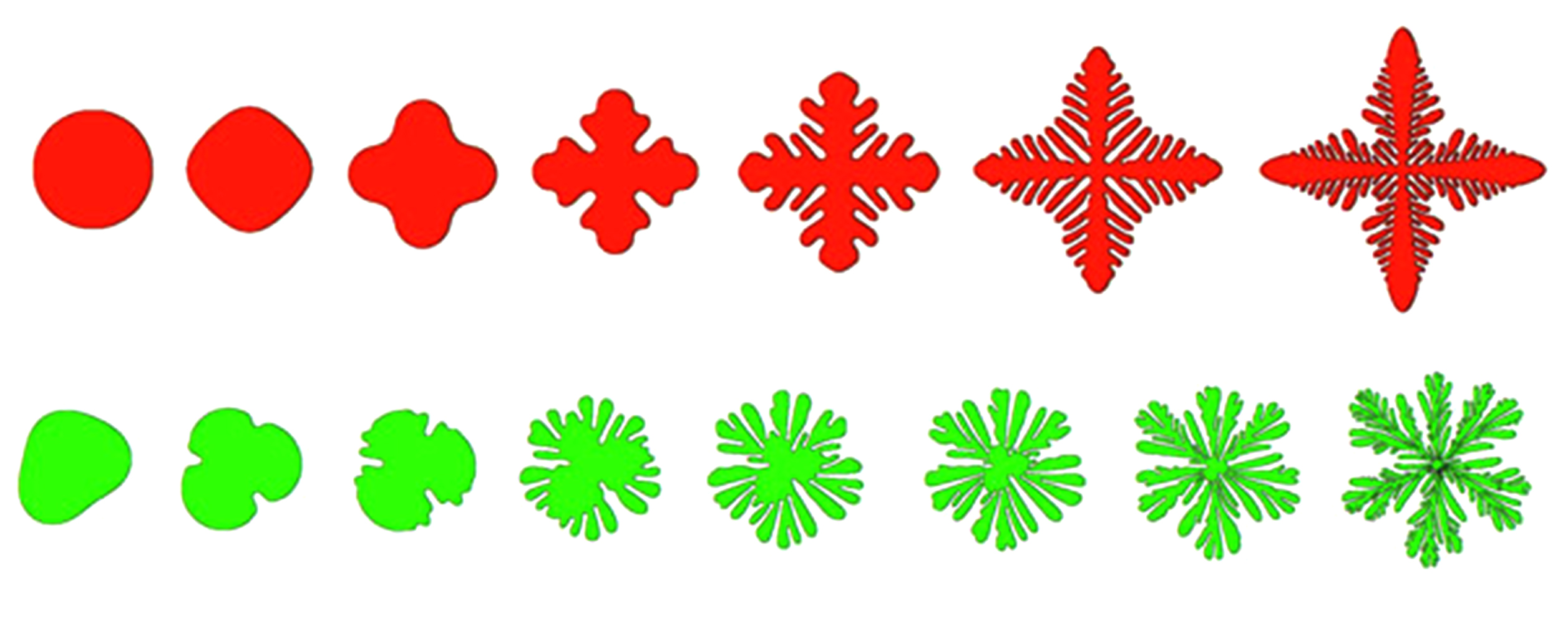Metals Solidification Theory A Hit In Prestigious Journal
A research discovery led by Florida Tech’s Martin Glicksman is making an impact in the metals world.
Glicksman, research professor in materials science and engineering, and the Allen S. Henry Chair at Florida Tech, working with Kumar Ankit at the School of Matter, Transport and Energy at Arizona State University, discovered the way nature guides formation of complex micropatterns in materials that crystallize.
Their initial findings were published in late 2017 in the journal Metals (www.mdpi.com/2075-4701/7/12/547). Early last month, their additional research provided an expanded publication in the Journal of Materials Science. As of May 14, their paper was read by over 100 scientists and engineers – a large enough response to earn the authors a congratulatory notice from the publisher.
Re-analyzing data from previous NASA Space Shuttle experiments that repeatedly froze and melted high-purity materials in microgravity, Glicksman hypothesized the existence of an energy field affecting any crystalizing substance. Labeling it the bias field, Glicksman suggested it is nature’s way of guiding cellular and branching dendritic microstructures that usually form during solidification of metals and alloys.
This discovery is significant because of the difference in what was – and still is – perceived as causal in solidification microstructure development. Many scientists believe that what causes pattern formation is random noise, such as sound vibration or pressure disturbance that act upon a solidifying material. However, it is the bias field’s subtle internal energy source that actually modulates the speed of the solid/liquid interface on small scales and ends up creating remarkably complex structures.
By performing experiments in microgravity, where the bias field was initially suggested to explain the occurrence of unusual melting patterns, Glicksman and Ankit were recently able to confirm those findings both theoretically and through advanced simulation methods.
This discovery could eventually lead to metallurgical process improvements, according to Glicksman. As solidifying materials produce microchemical patterns that affect their homogeneity, discovery of the bias field’s role in microstructure formation may open new pathways for engineers to achieve further improvements in cast and welded metal alloys.
###





